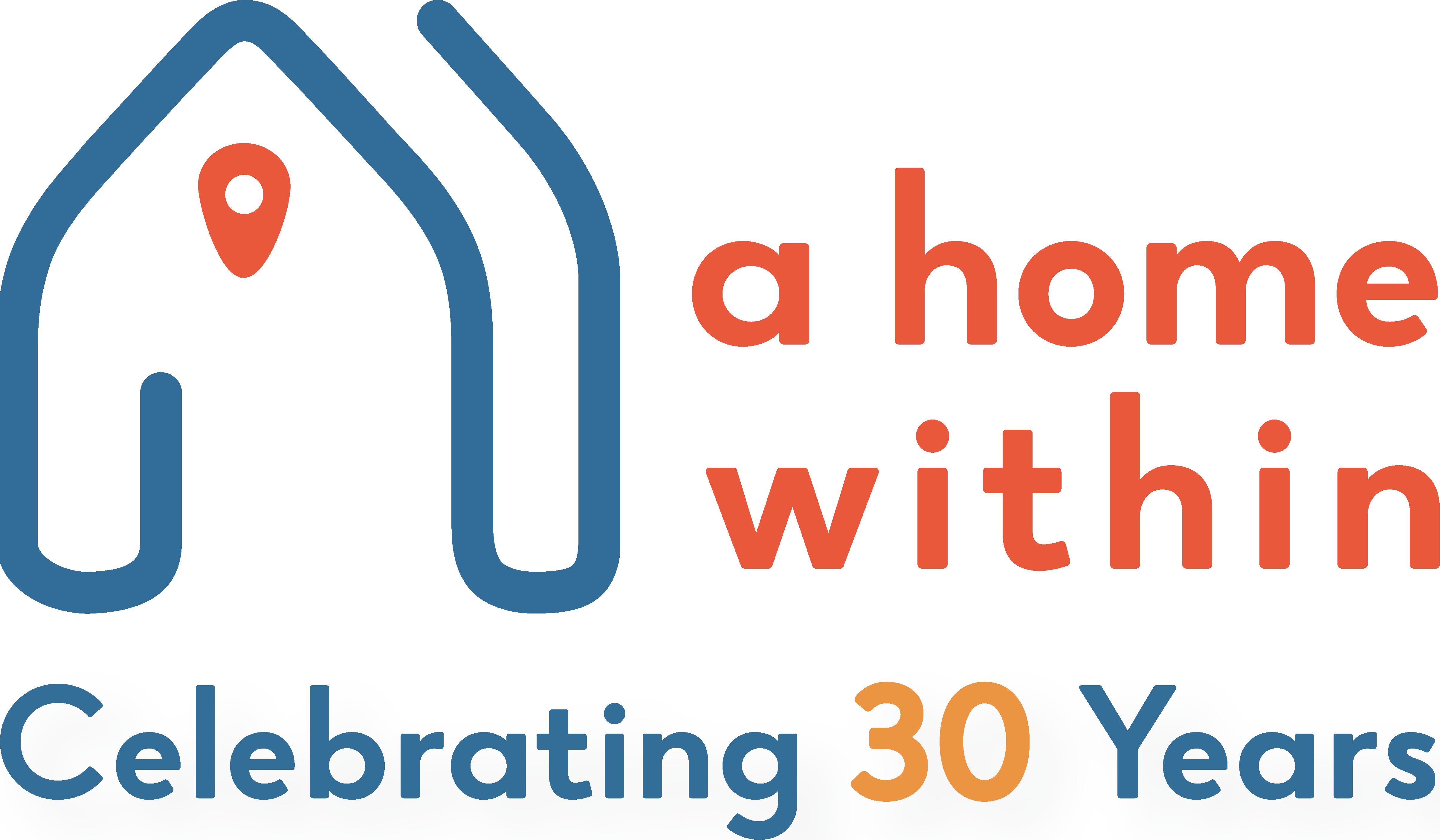Information Hub / BlogMoving Day
Last Wednesday morning, the movers arrived at the office we had occupied for five years. By Friday afternoon, we were more-or-less settled into our new space. In all respects, the move from one end of San Francisco to the other went seamlessly—nothing was lost or broken; all of the furniture fit, as expected; and we were cut off from the electronic connections that we have come rely on for only a short time.
Psychologically, it was also a seamless move. We had ample warning from our landlady that she needed the space to house her own growing non-profit. Although we quickly found another office in a new neighborhood, we had time to think about what we would be leaving behind and to visit our favorite restaurants and take out spots one last time. We had a chance to say “goodbye” to all of the people who had been our companions in the building we shared.
Sorting through all of the files and “stuff” we had accumulated prompted us to reflect on our growth over the last five years. More often than not, the files at the back of a drawer made us remember that we don’t easily discard things, even when they have long outlived their usefulness. Memories of staff who had moved on were stirred by the unexpected discovery of a signature on a post-it or a long-forgotten reminder to return a phone call.
By the time the movers began delivering boxes and furniture, we had already begun exploring the new neighborhood, excited by the discoveries of different restaurants and the ease of walking to stores and public transportation. We noticed the differences in the light, the feel of the air, and the sounds of this part of the city. Although we had not initiated this move, we quickly welcomed it as the beginning of an adventure into the next stage of growth.
How different our moving experience is from that of many foster children. The most obvious difference is that we are adults who work together and return home each evening to our families, not children being moved from one family to another.
The circumstance that prompted the need for us to move is not uncommon for foster children. The space that we had occupied temporarily was needed for those who truly belonged there. We had been welcomed and well treated, but we were never truly part of the “family,” and, as the organization that had taken us in grew around us, we knew that our days there were numbered.

Photo Courtesy of “Svacher”
Unlike foster children who often have little warning or time to prepare for a move, we had time to reflect on what we were leaving behind and to bid a fond farewell to people who had become a part of our daily lives. We also had each other to share in the physical and emotional work of the transition. Because we weren’t rushed, we could give thought to the recurring decisions about what to leave behind and what to take with us. Sorting through the accumulation of books and papers and files also led us to sift through ideas and values and practices and to talk about what was serving us well and what might be improved. The move created an opportunity to make conscious choices about what routines we enjoyed and supported our work and which should be left behind.
Foster children don’t have this choice. When a foster child is moved from one family to another, he often loses important things that belong to him. He also loses the familiar sites and sounds of his home and his neighborhood, without a chance to say “goodbye.” More importantly, he leaves behind the daily routines and rituals that have organized his life. Because foster children cannot carry enough of what is familiar with them, each move has the potential to become a step into a terrifying unknown rather than the beginning of an adventure.
For foster children seeing a therapist through A Home Within, the picture may be a little brighter. If geography and the collective will of the responsible adults allow it, the child can continue with the same therapist through two, three, or even ten changes in foster homes and/or caseworkers. The therapist can help the child hold memories and mourn losses. The stability of this relationship can provide the ballast the child needs to hold her emotional ground. The continuing presence of this one, familiar, caring adult can transform a potentially terrifying experience into one that can be mastered. Children need adults to depend on, especially in frightening times. We owe this to all children, especially those who are the most vulnerable.
By Toni Heineman
